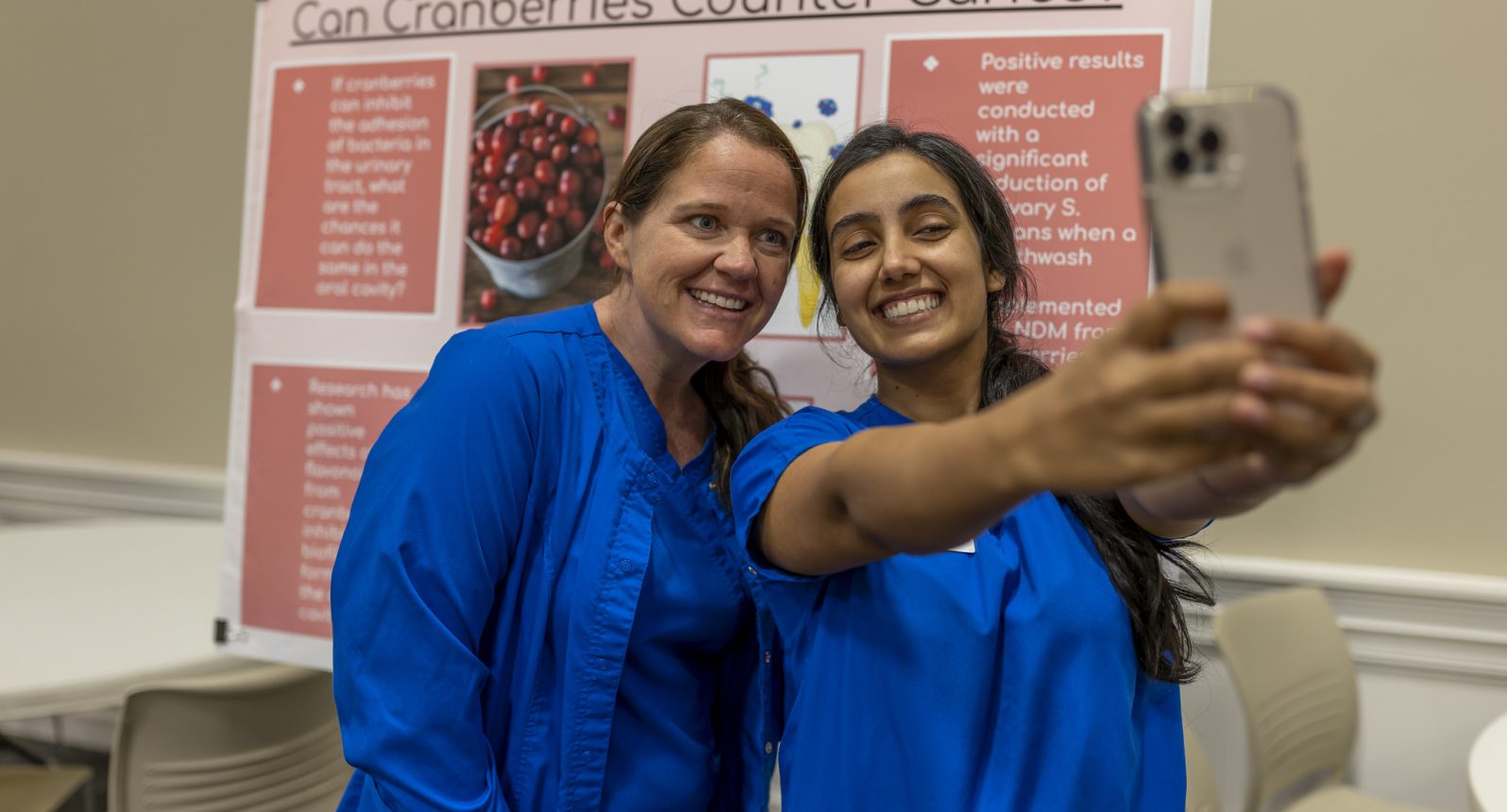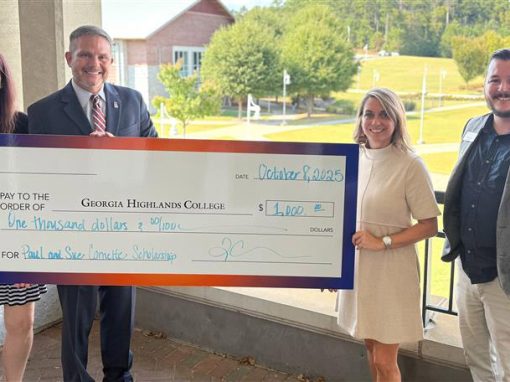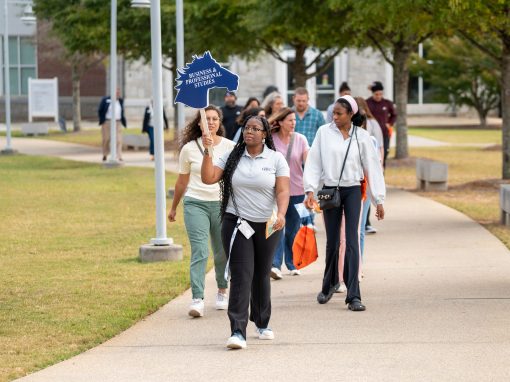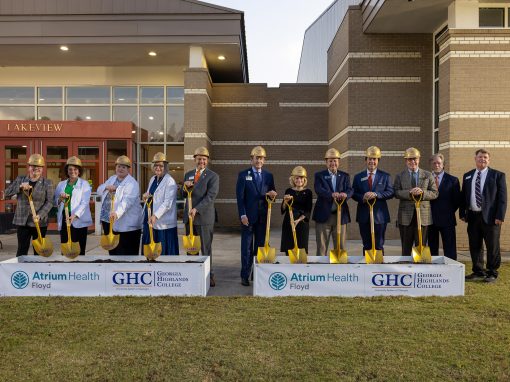The Dental Hygiene Program at Georgia Highlands College (GHC) recently explored emerging dental treatment practices and technology ranging from virtual reality to microbial reduction during the school’s annual Informative Poster Presentations.
The event was held at the Heritage Hall location, helping students to practice public speaking skills and share their research while allowing members of the local dental community to gain continuing education credit.
“This event provides students with an opportunity to raise awareness about a theory, service or trend in dental hygiene practice and are research based,” Dental Hygiene Program Director Regina Gupta said. “Each year GHC Dental Hygiene students select a topic and prepare a presentation which will be delivered to local dental professionals, attendees of the School of Health Science’s Evidence-Based Practice Symposium and in the statewide competition sponsored by the Georgia Dental Hygienists’ Association.”
Through this research activity, students meet with librarians to learn how to evaluate sources and select accurate and quality research on which they build their presentation. They then learn how to incorporate research into the poster presentation and gain experience in presenting to an audience.
Students begin work on their posters during the summer and complete them early in the fall semester.
Students Taylor Shuman and Taylor Saldivar spoke on the use of virtual reality, or VR, as a means to help ease patient anxiety. Rather than viewing a television screen as a distraction while receiving dental care, patients can wear a headset that allows them to virtually travel to serene environments, such as beaches or a waterfall deep in the forest.
“VR can be used before the patient even sits in the chair or during treatment,” Shuman said. “Both methods have been proven successful in significantly lowering the patient’s blood pressure and treatment during care.”
She said what makes VR a promising addition to dental care is that it helps to establish more consistent practices from patients.
“This practice creates a greater commitment to care, it creates a better overall environment for care, and so patients are more likely to schedule and show up their follow up appointments and continue receiving care at regular intervals,” Shuman said.
Students Emily Patterson and Faith Richards completed and presented research on Resin Infiltration Therapy (R.I.T.), which diminishes the appearance of white spot lesions and arrests the progressions of incipient lesions. This helps patients suffering from conditions ranging from orthodontia and poor oral hygiene to excessive fluoride exposure and cariogenic activity.
For Patterson and Richards, the inspiration for conducting and presenting this research comes from their personal experiences wearing braces.
“White spot lesions are caused by braces, and we know what it is like to suffer from these white spots,” Patterson said. “Most of our patients suffer from white spot lesions, so we wanted to research and find out more about (R.I.T.) and tell our patients how they can fix it.”
Click below to see more pictures:




